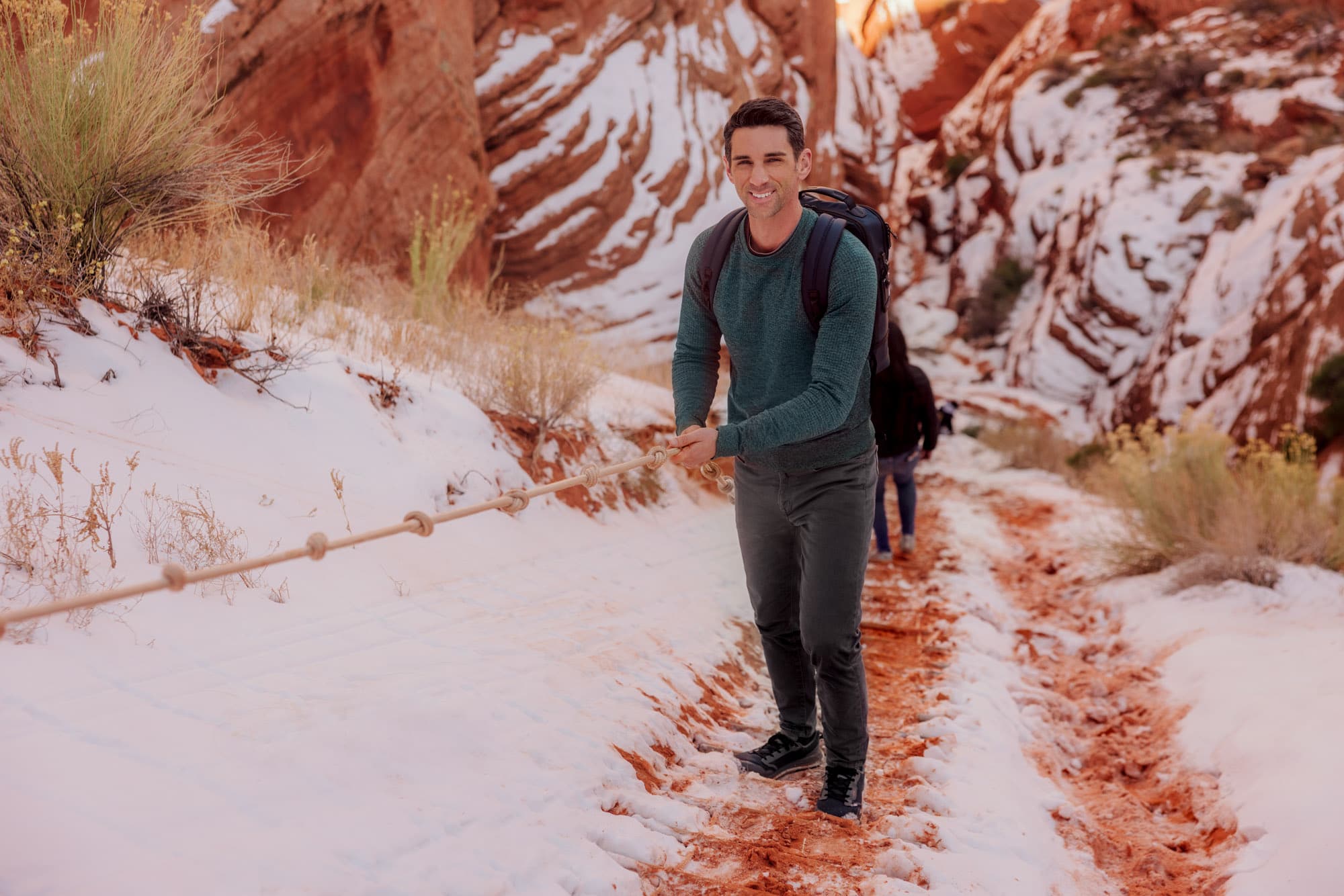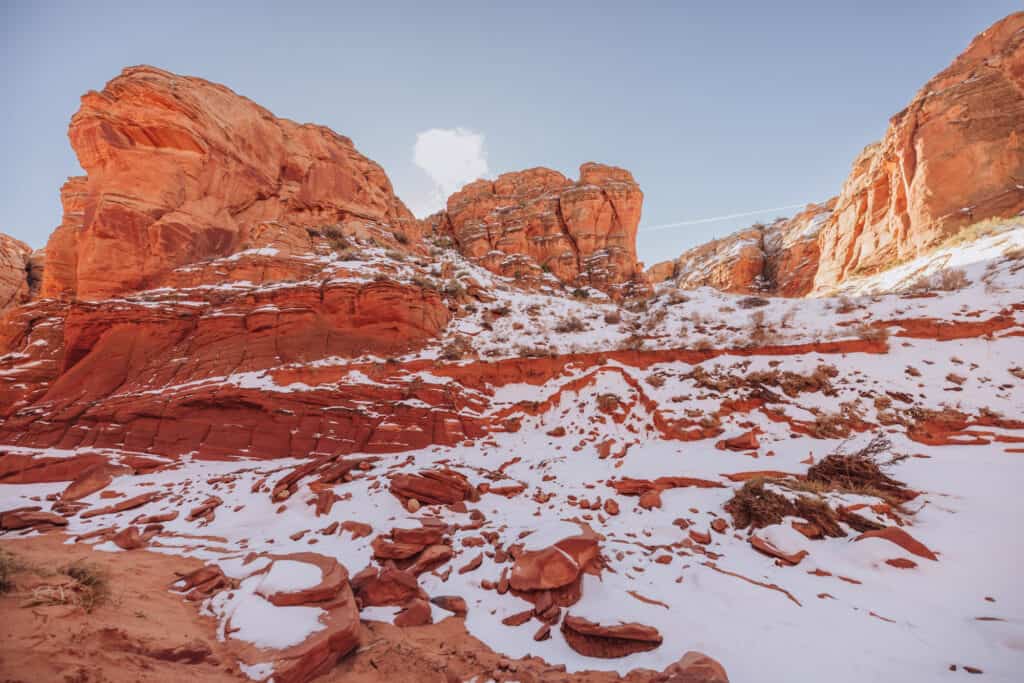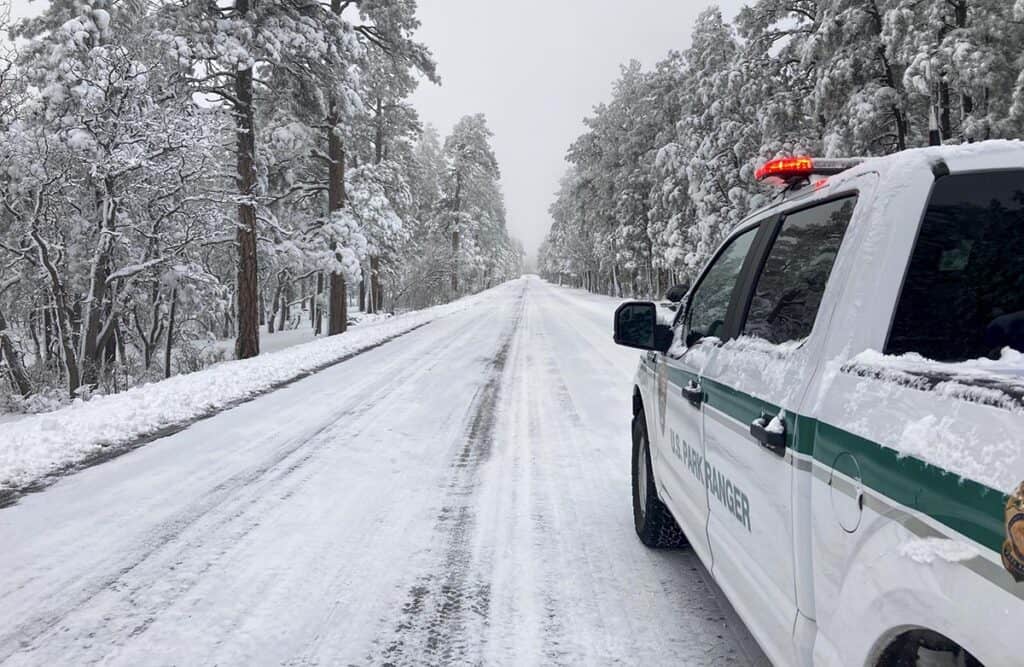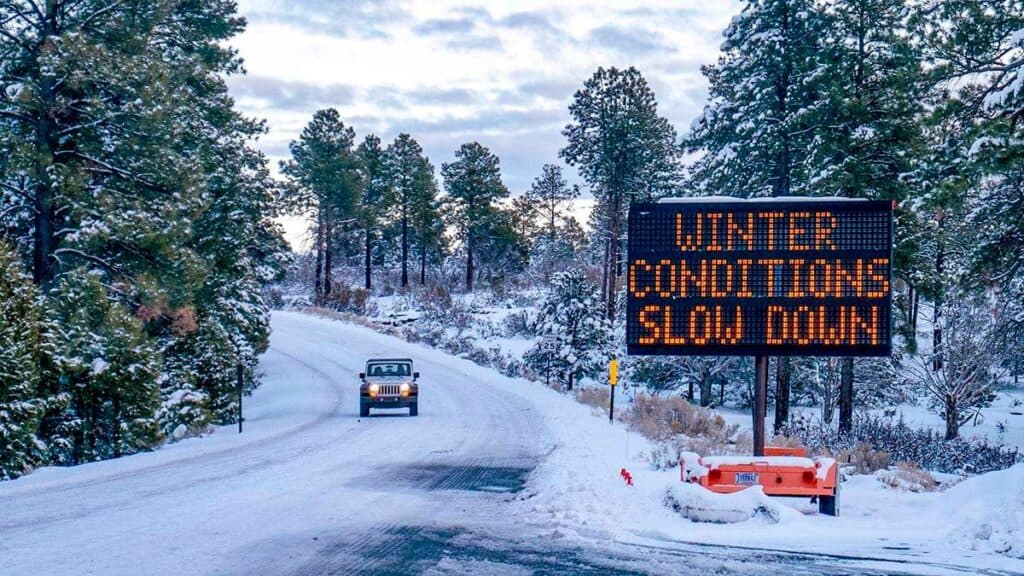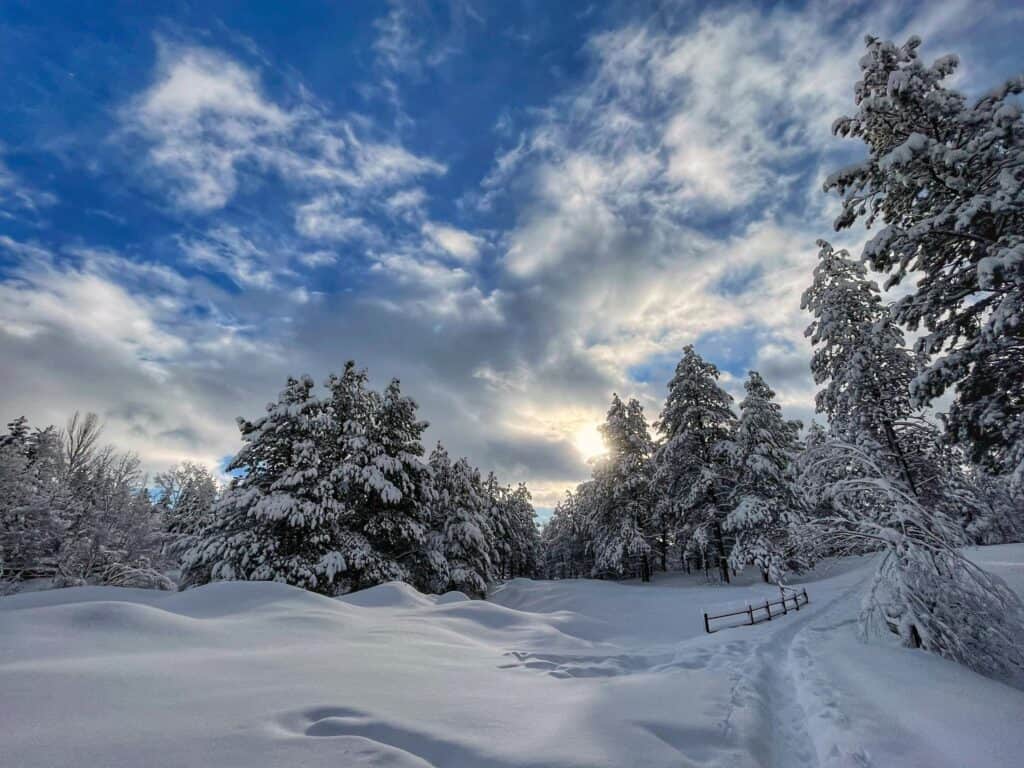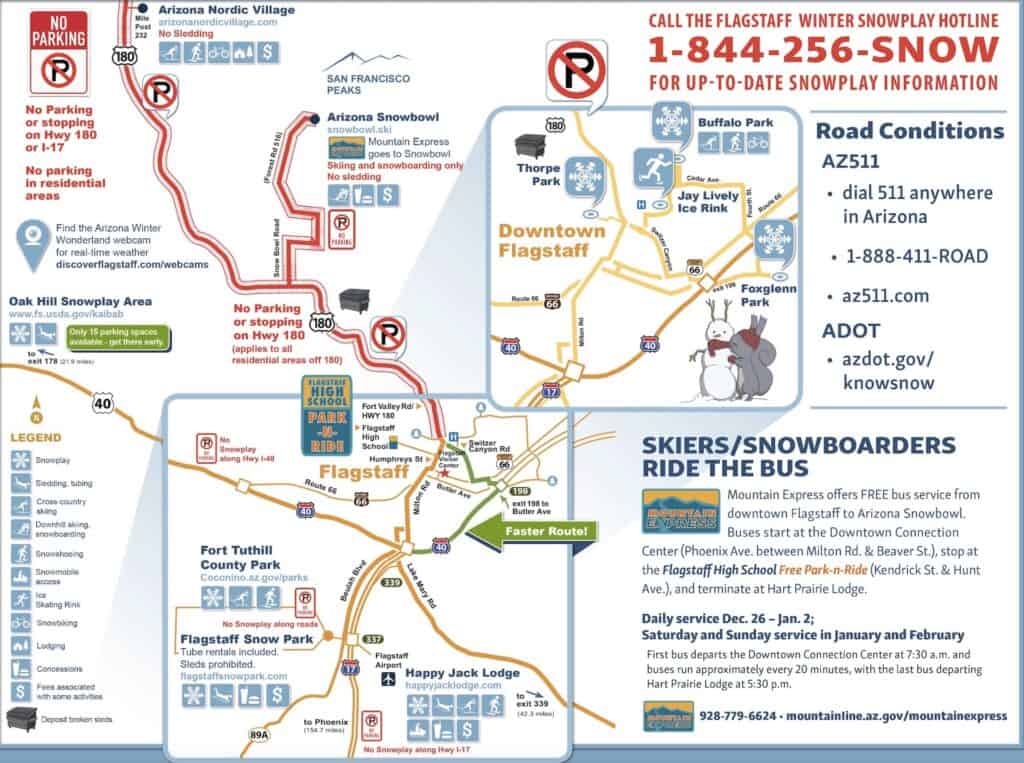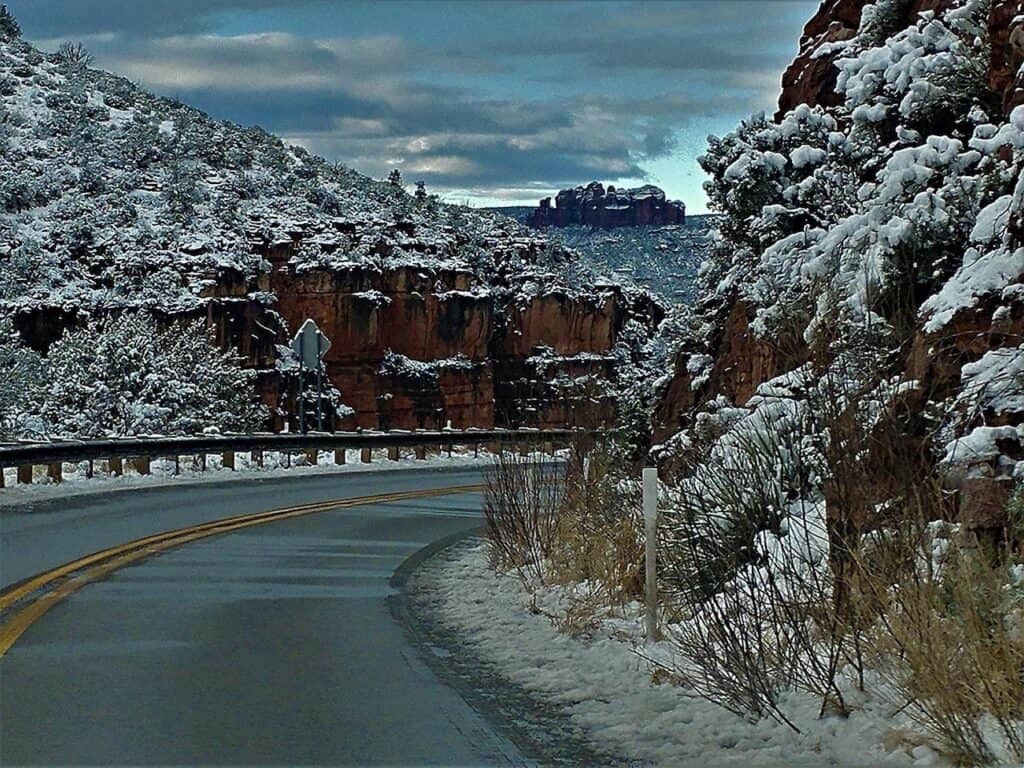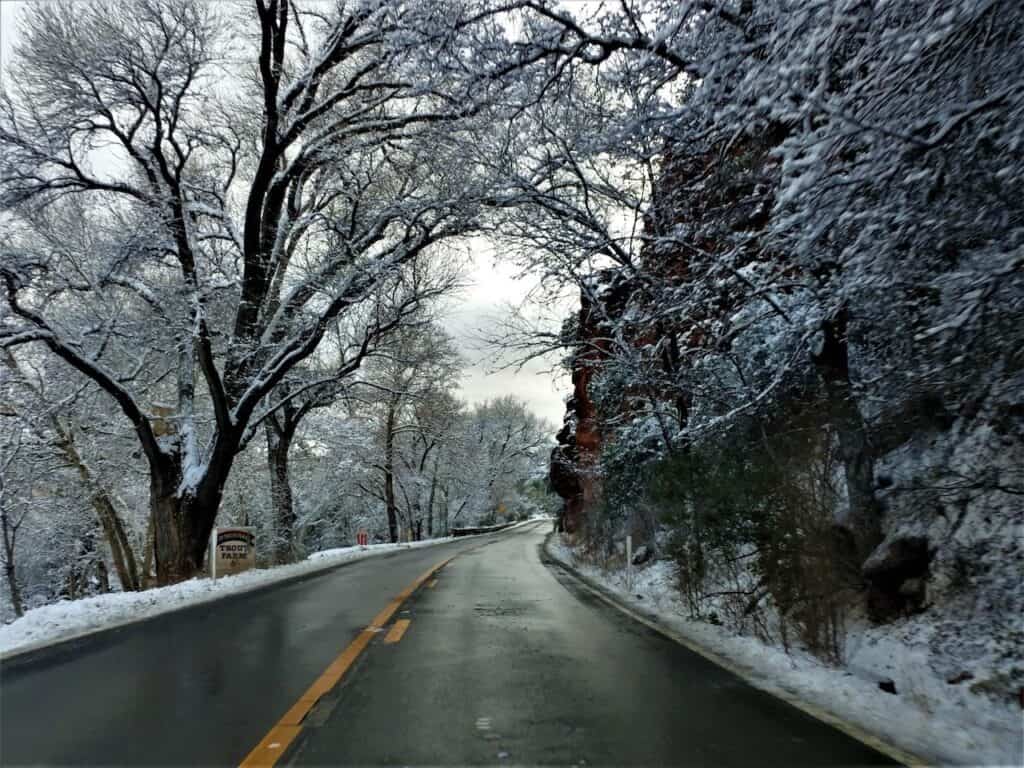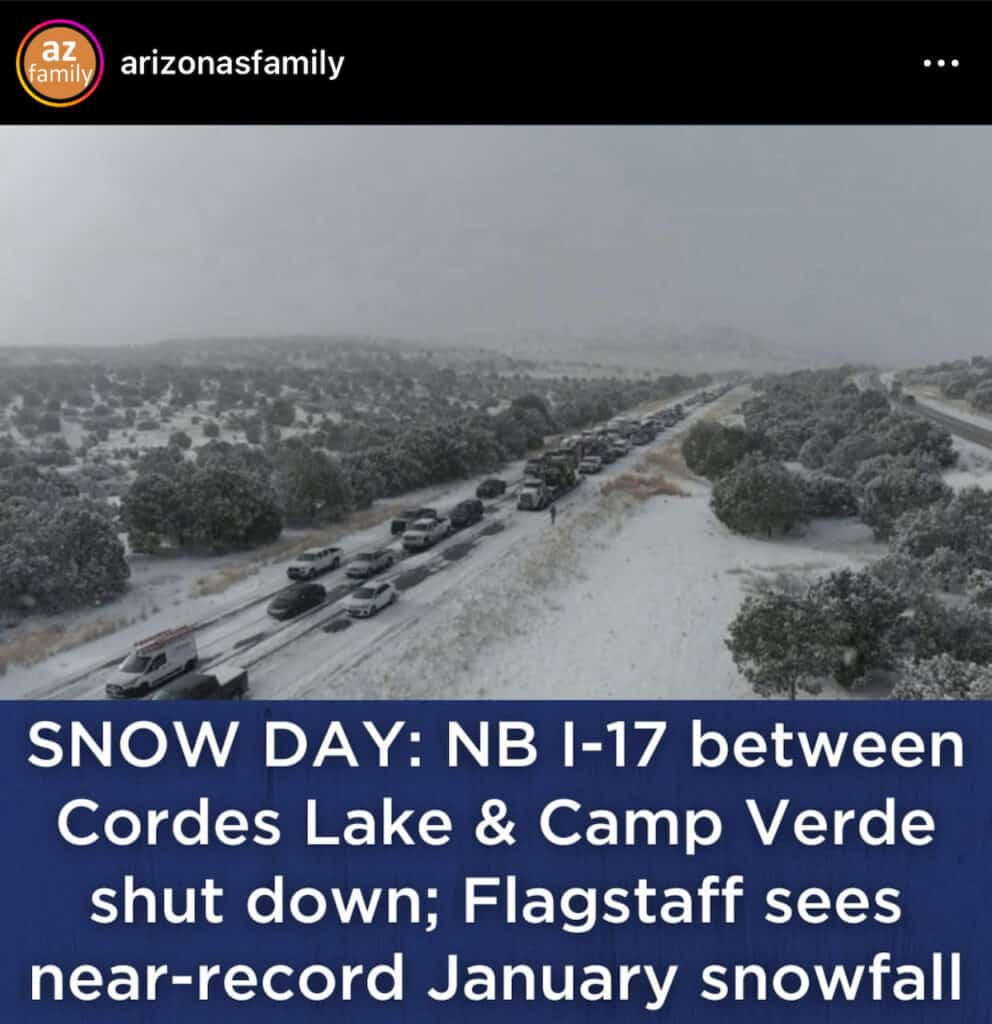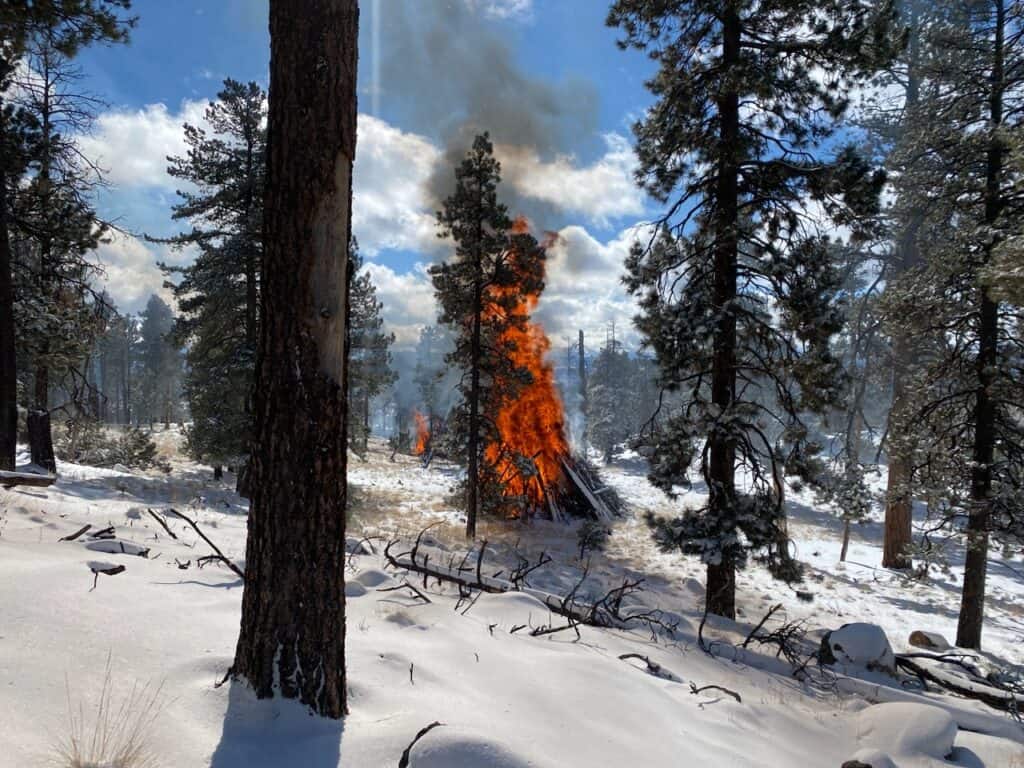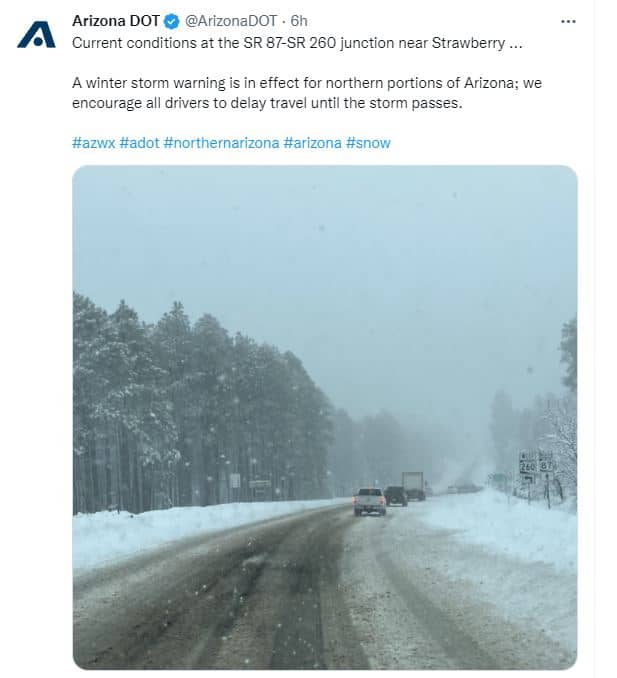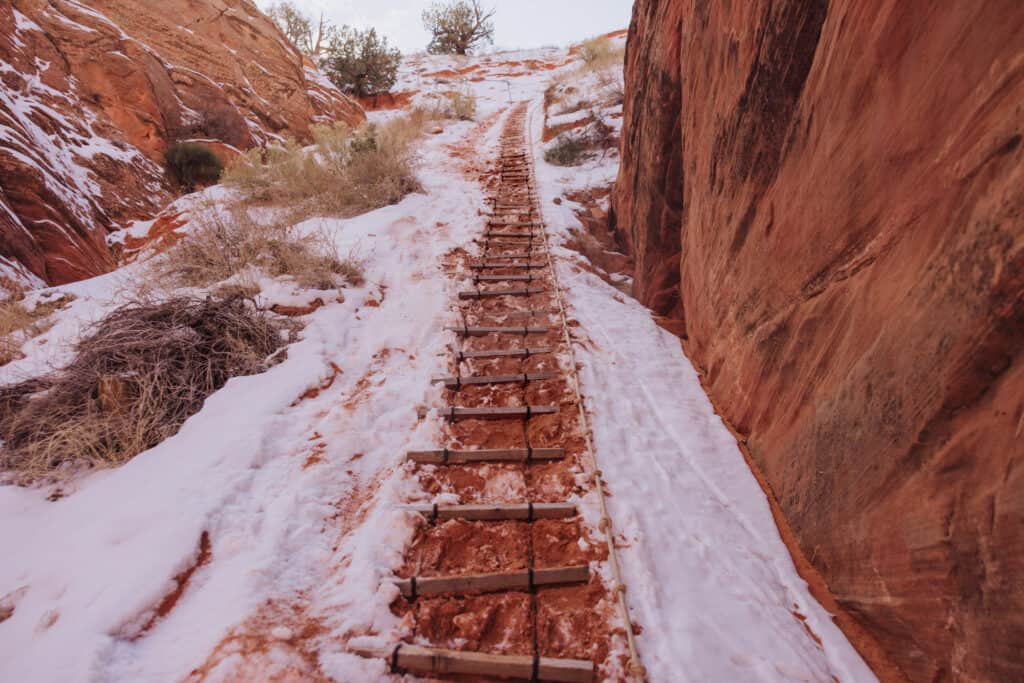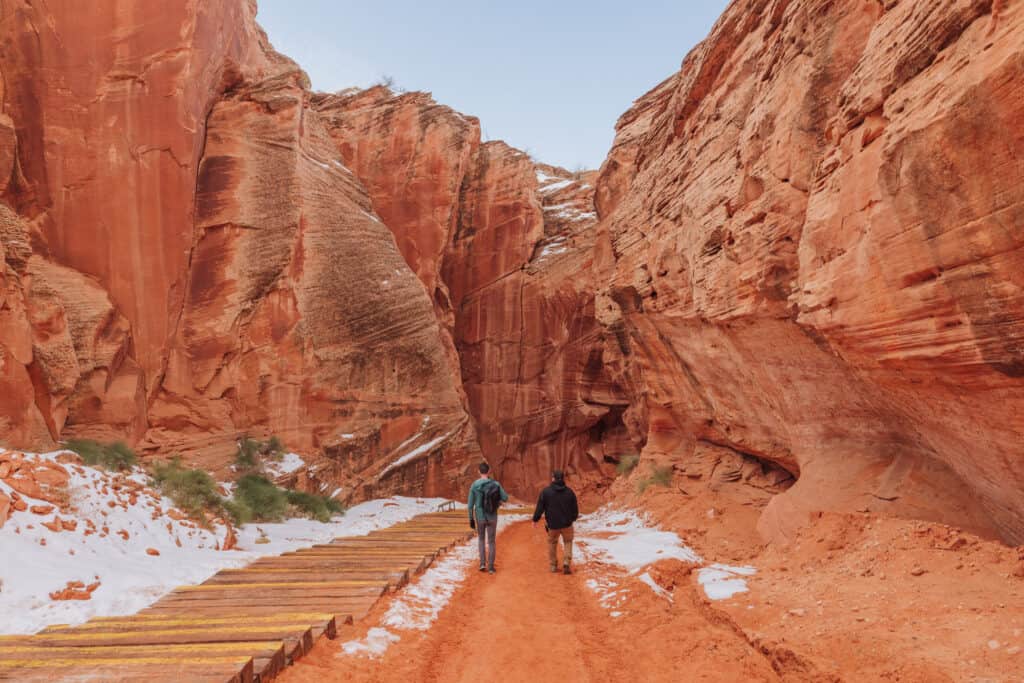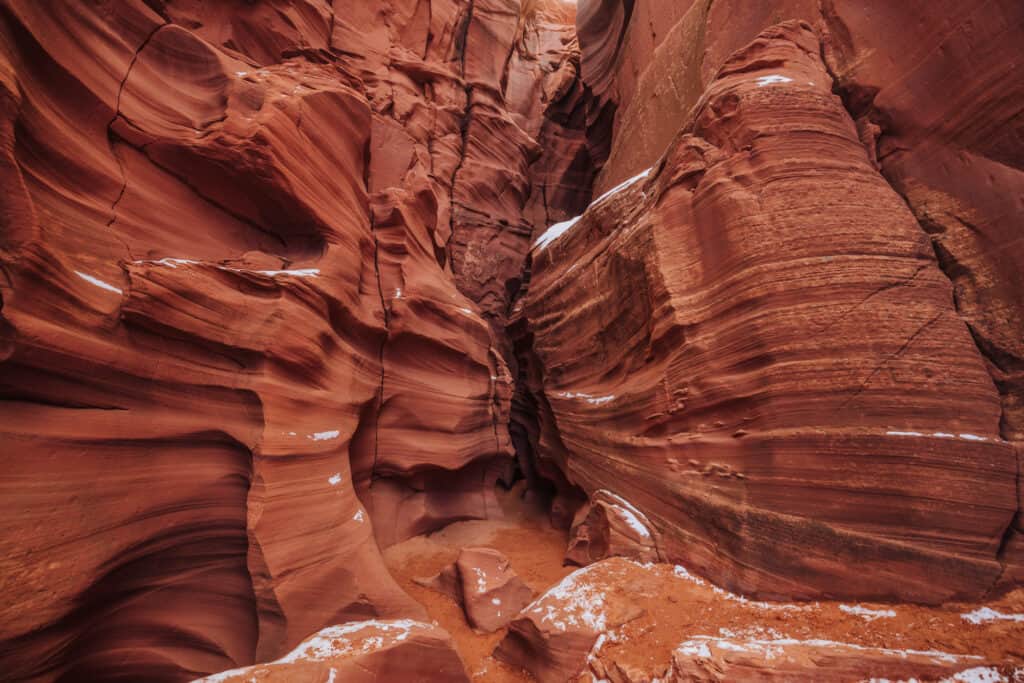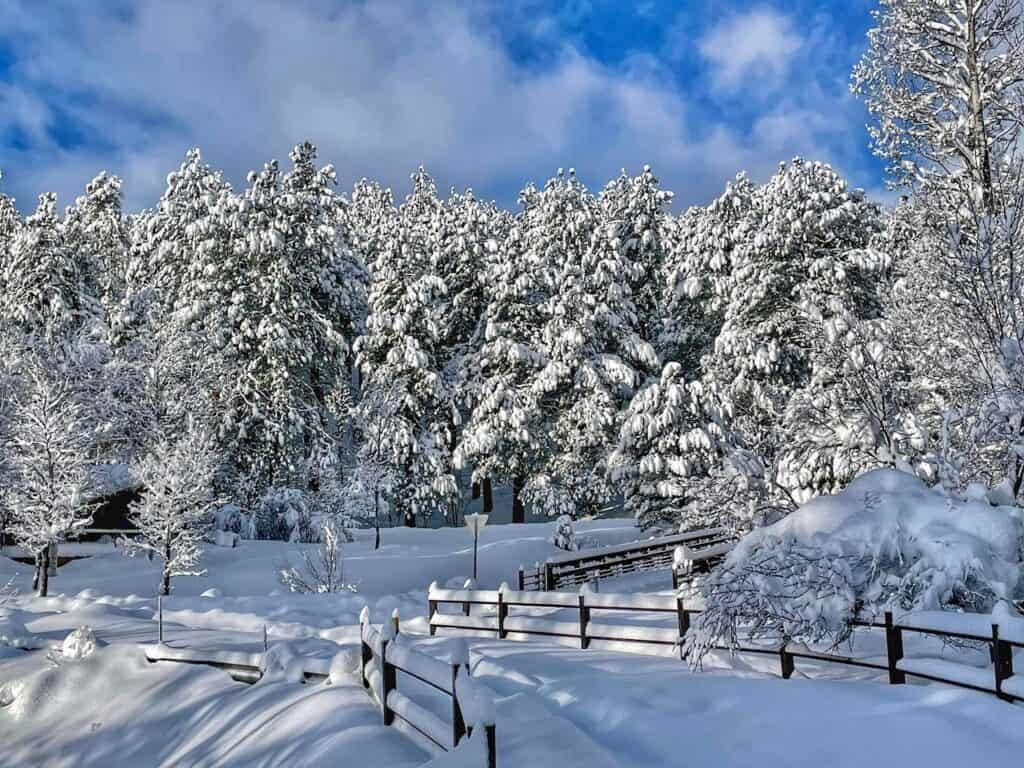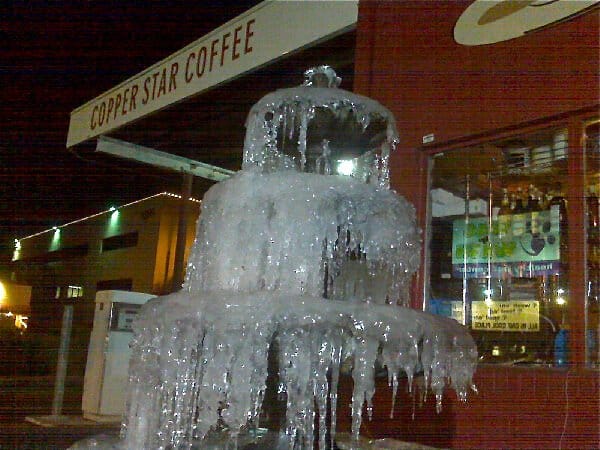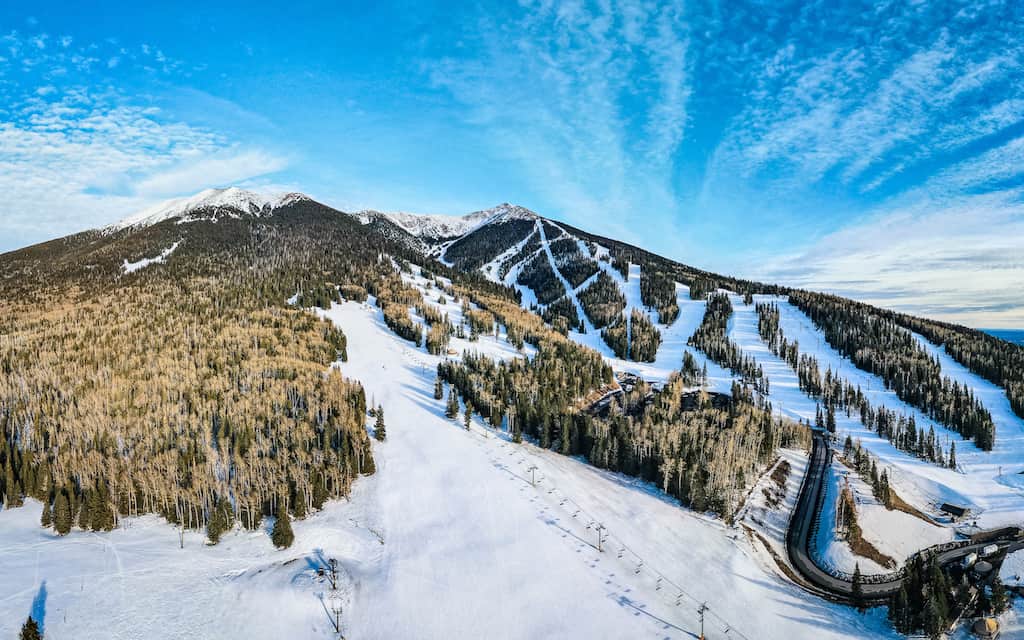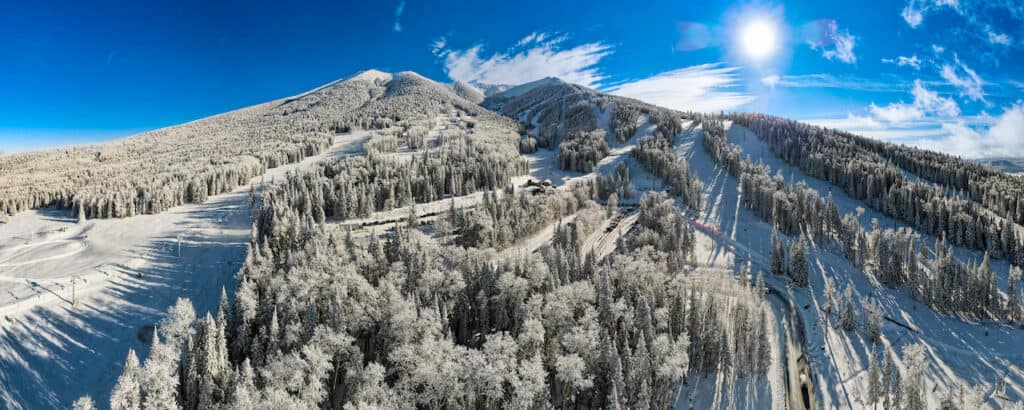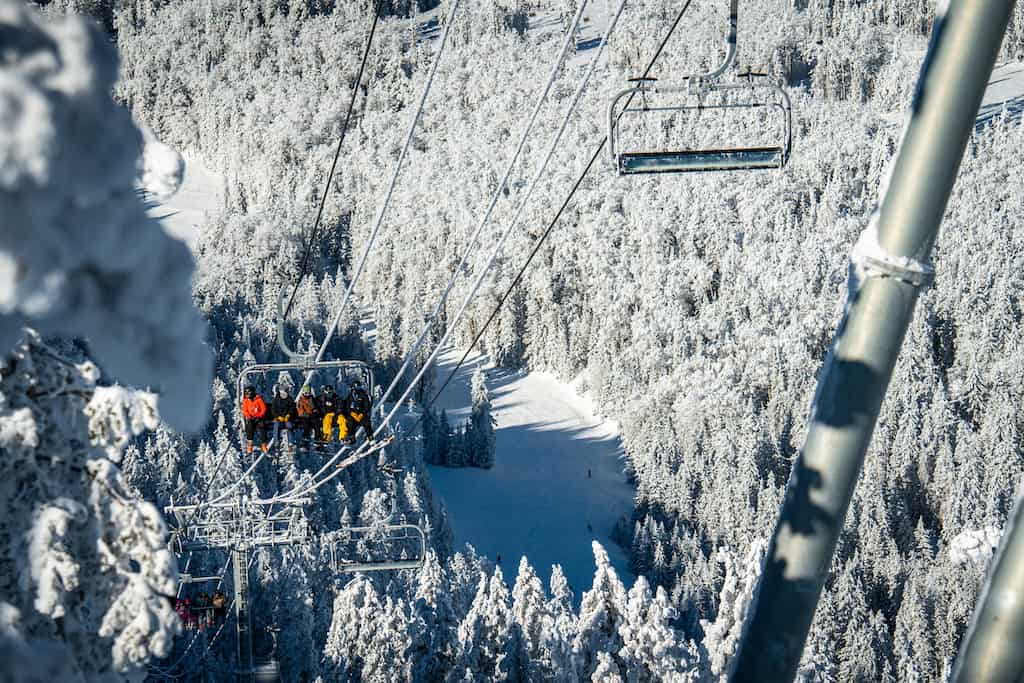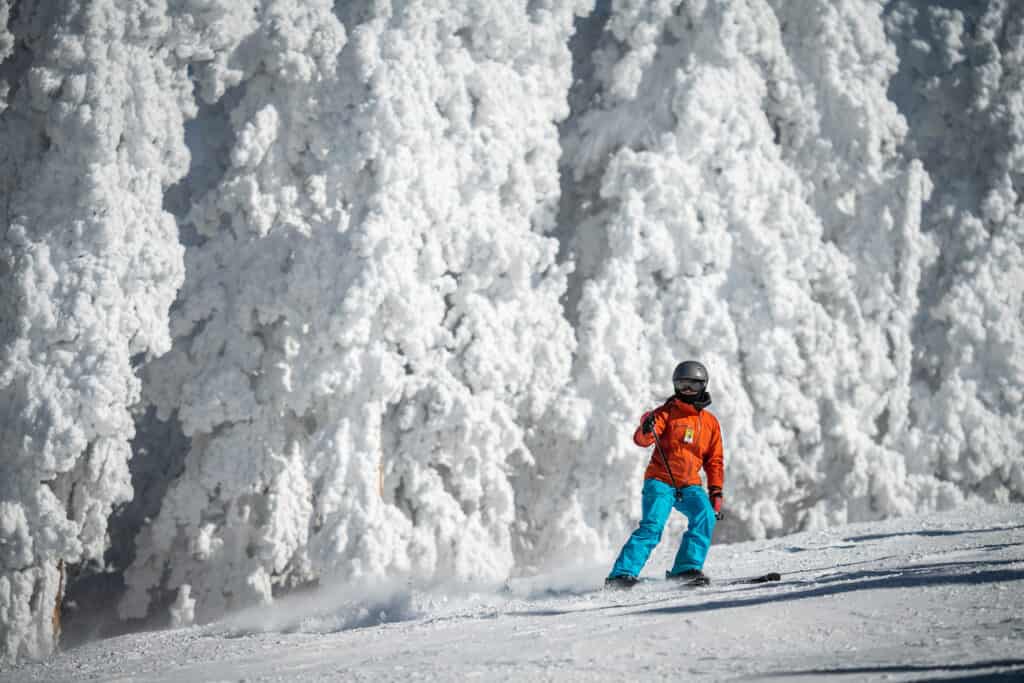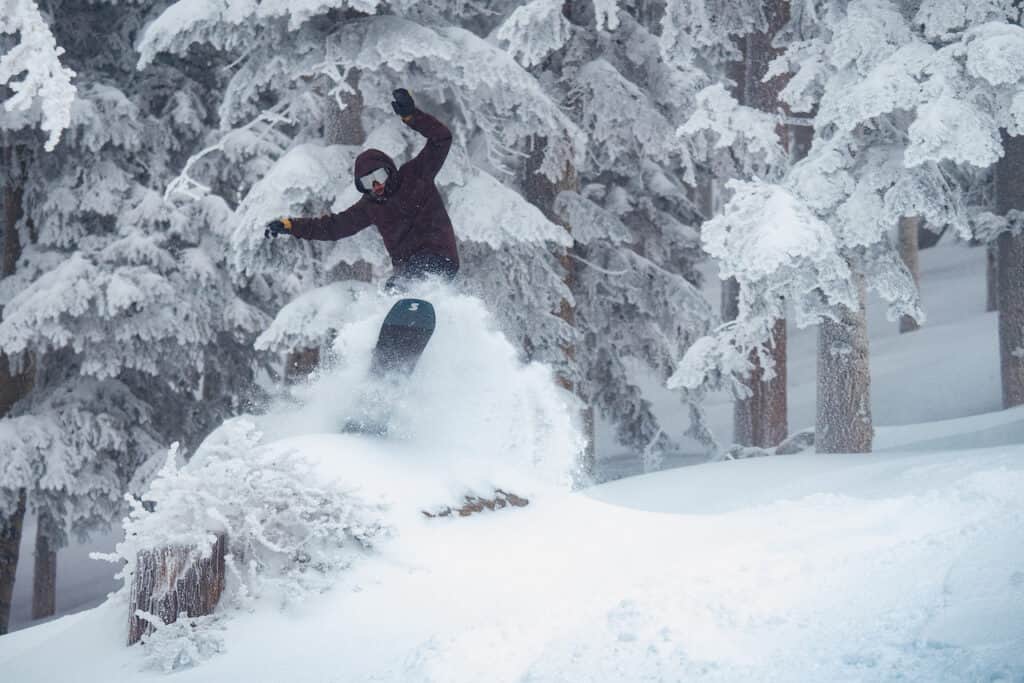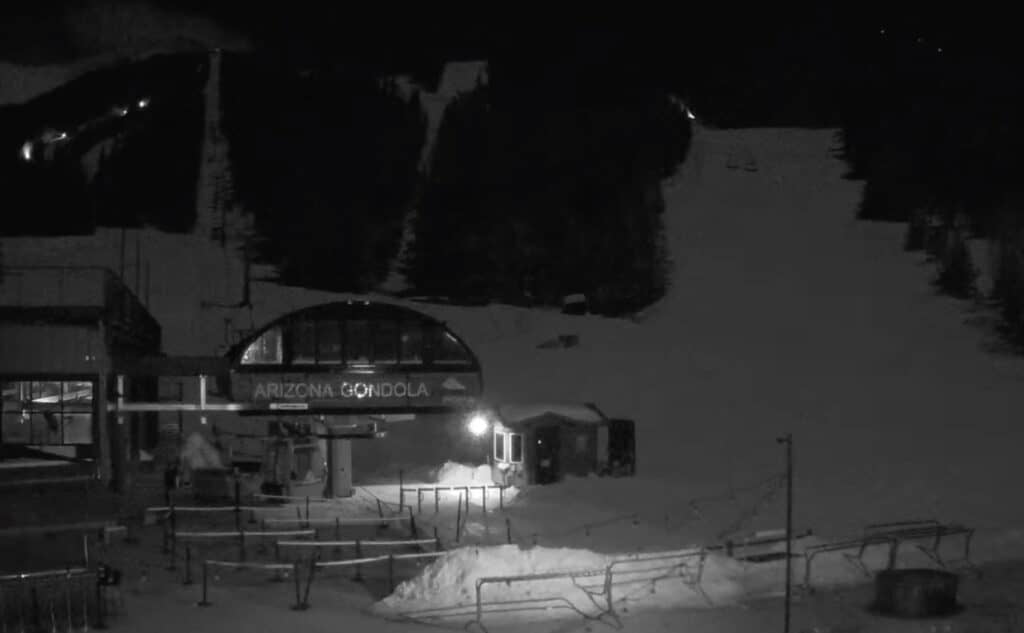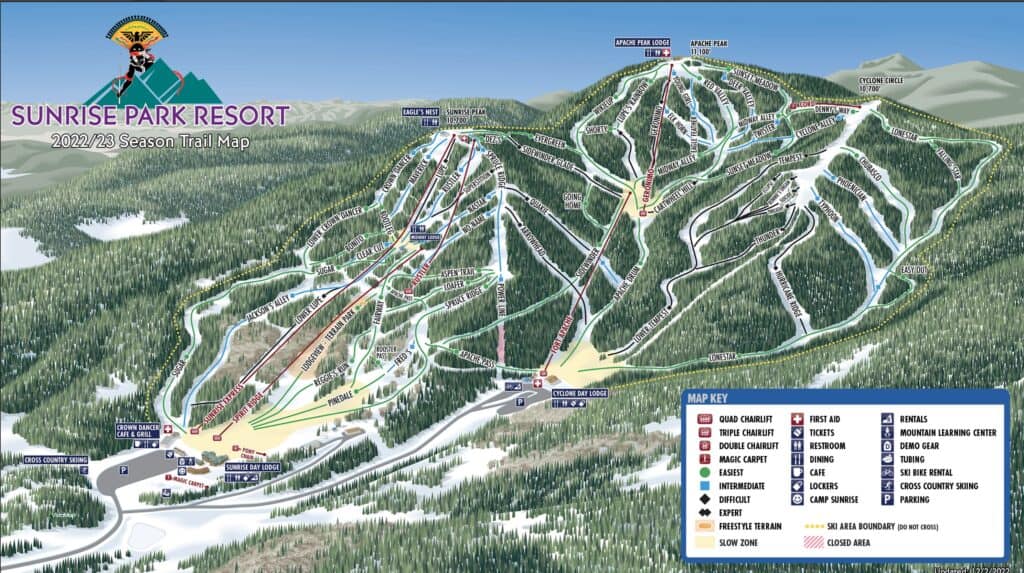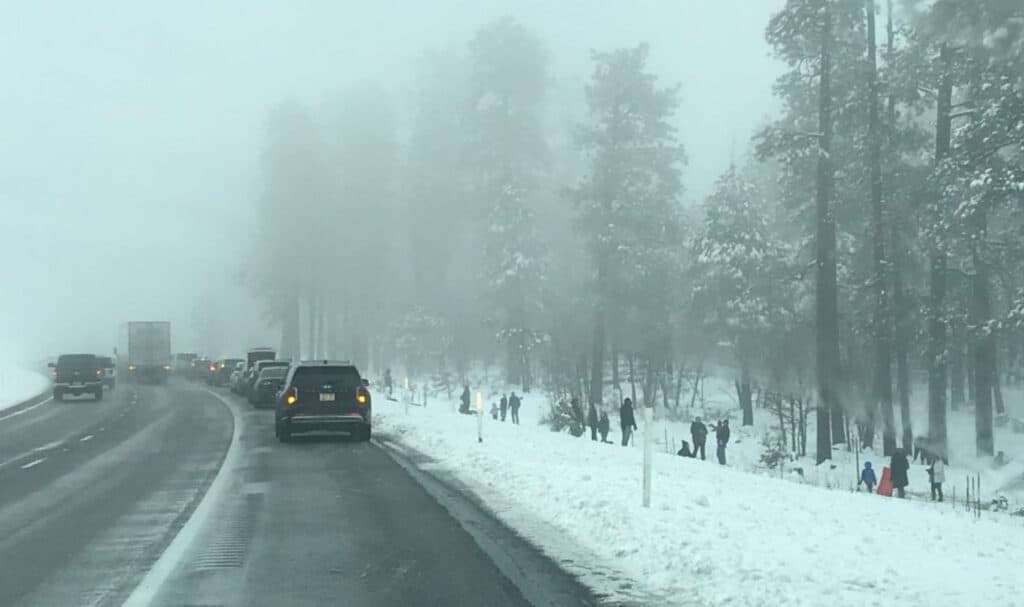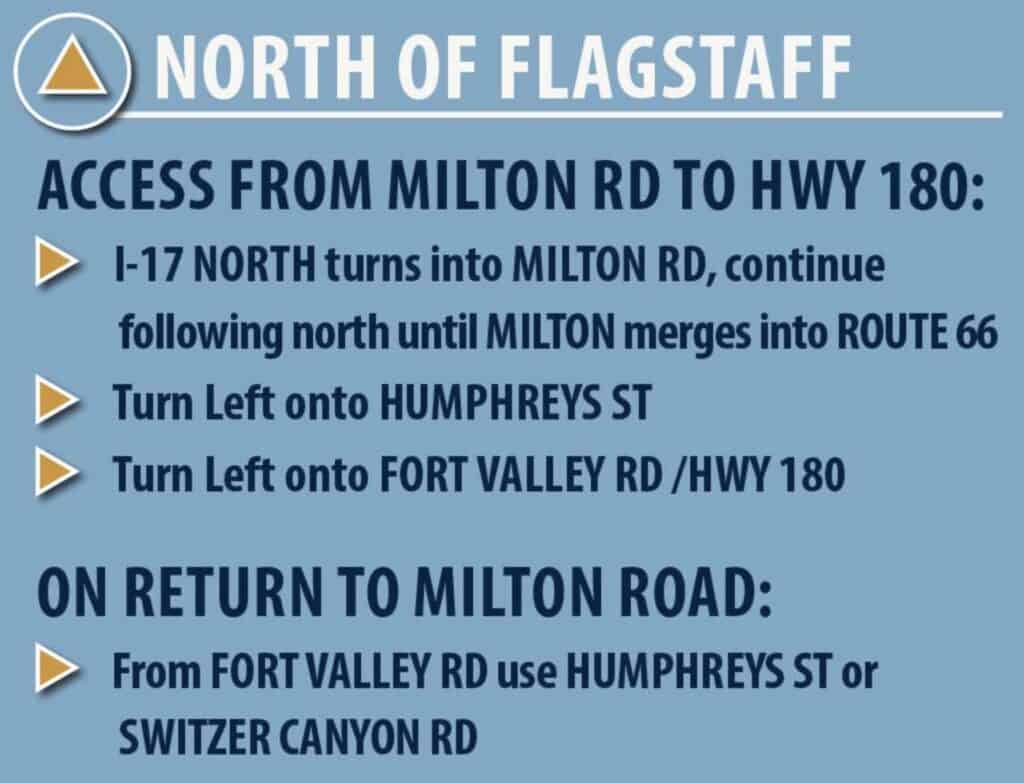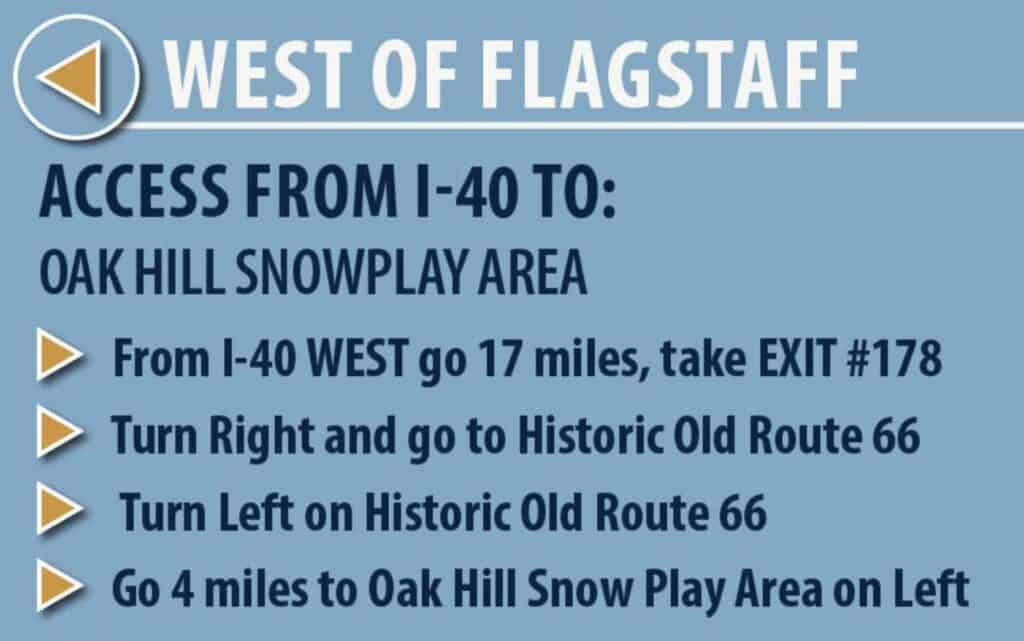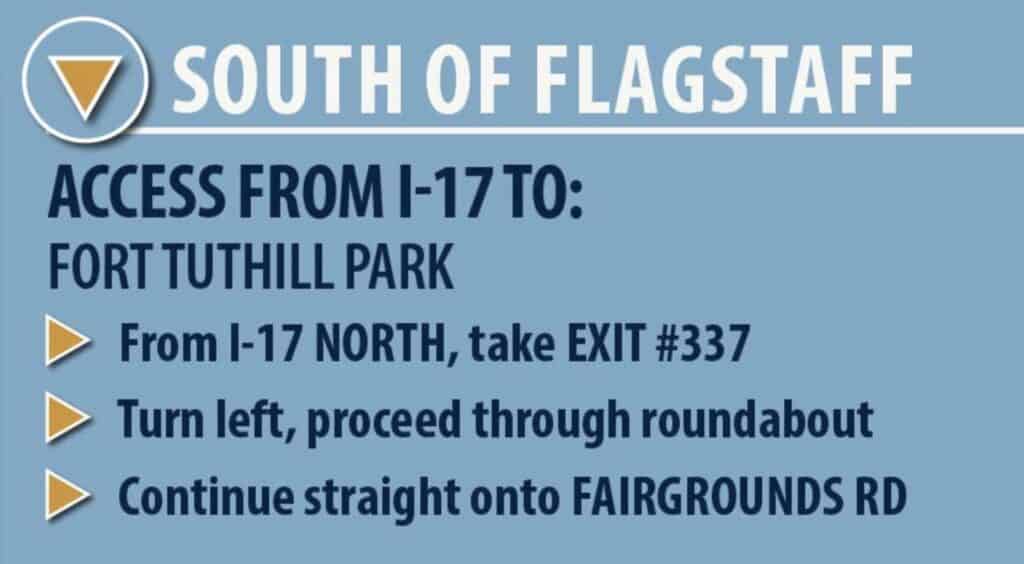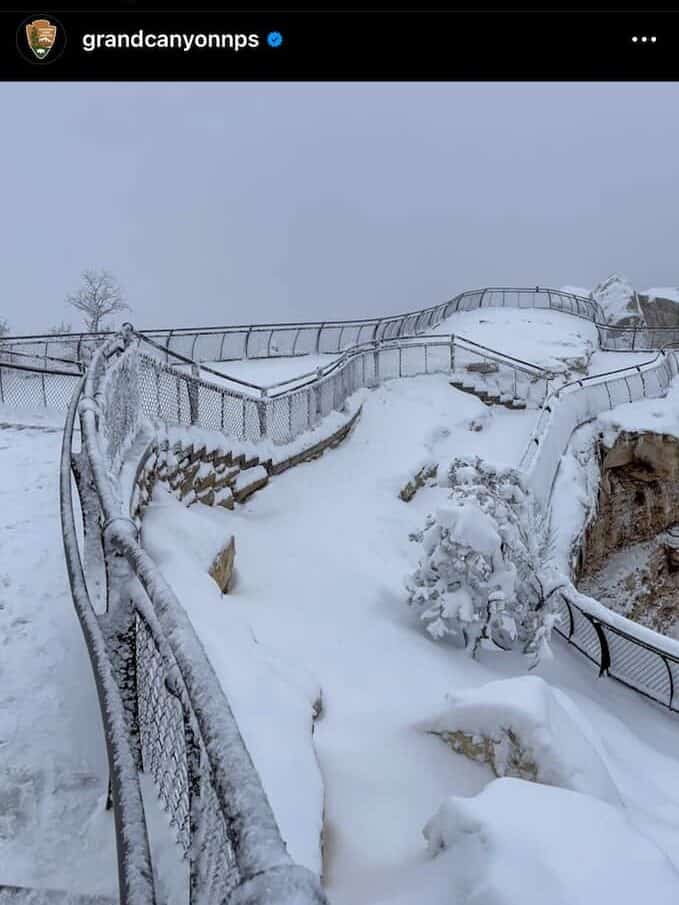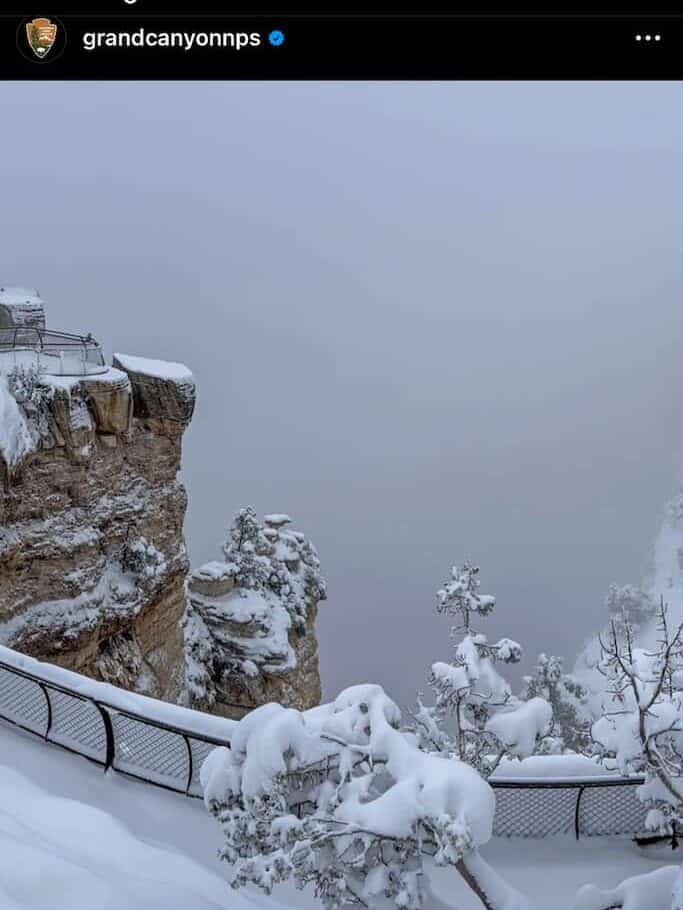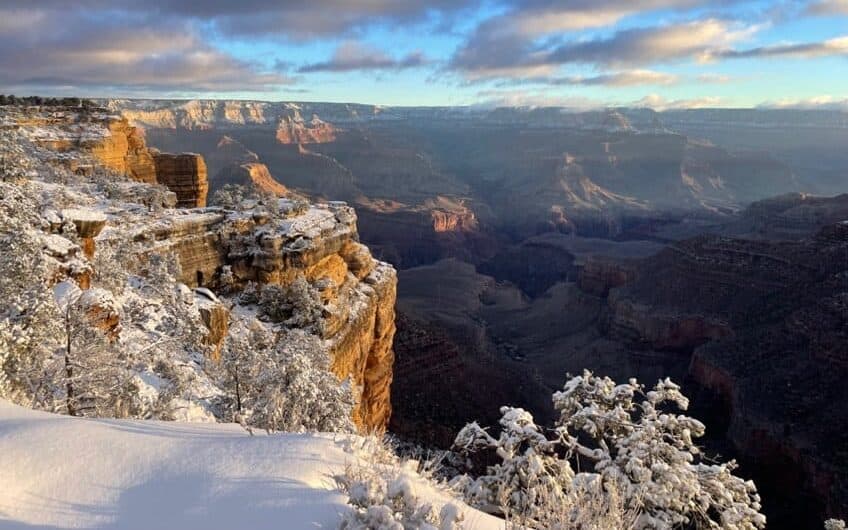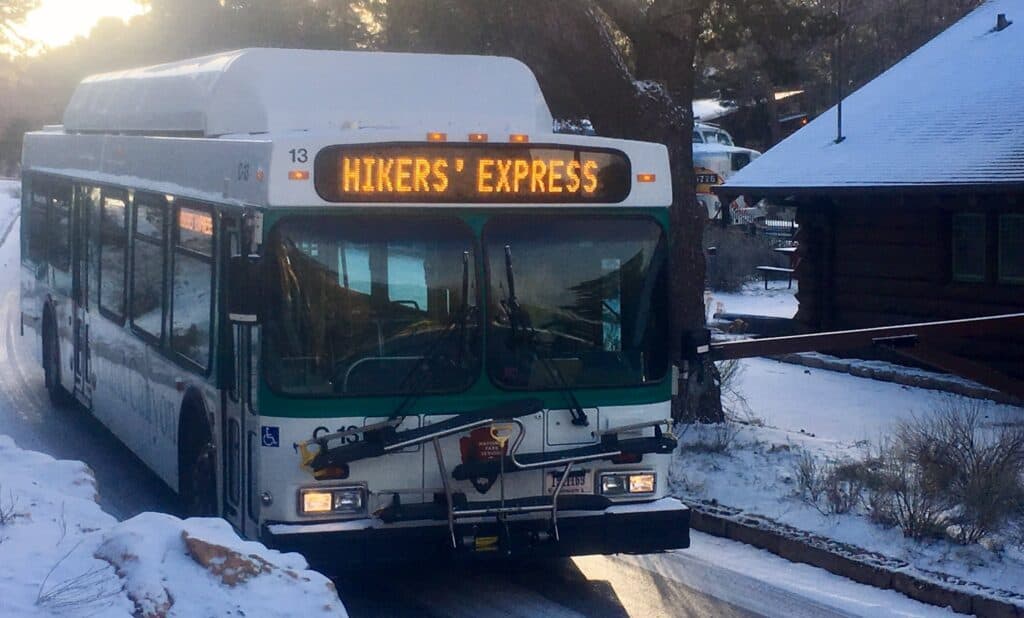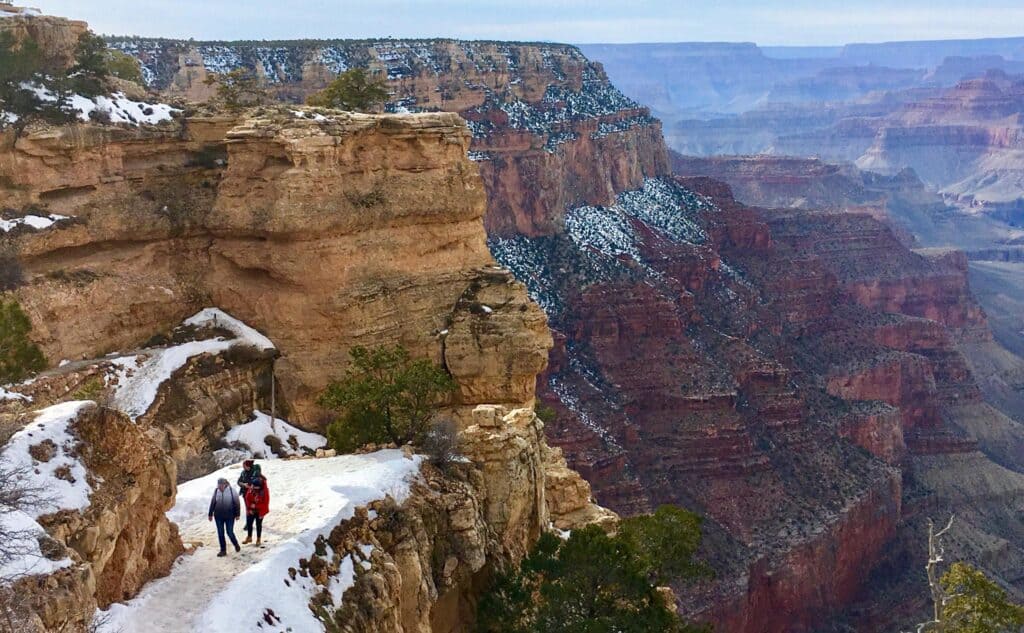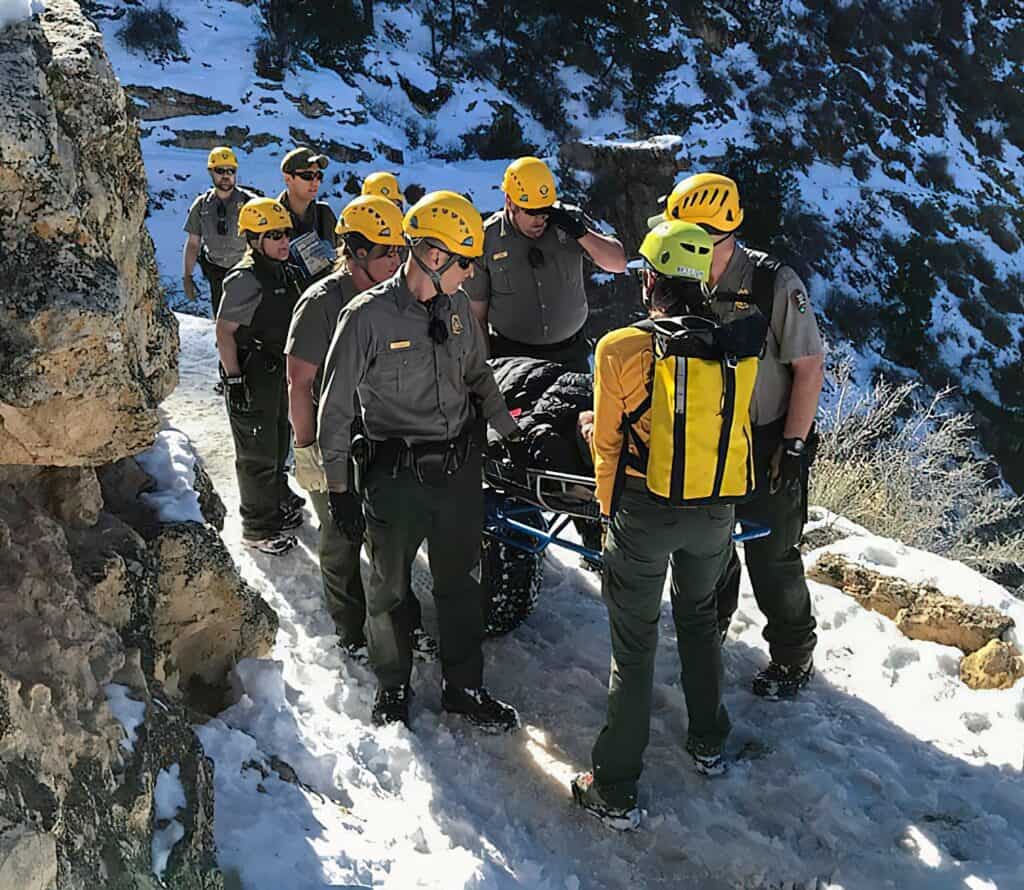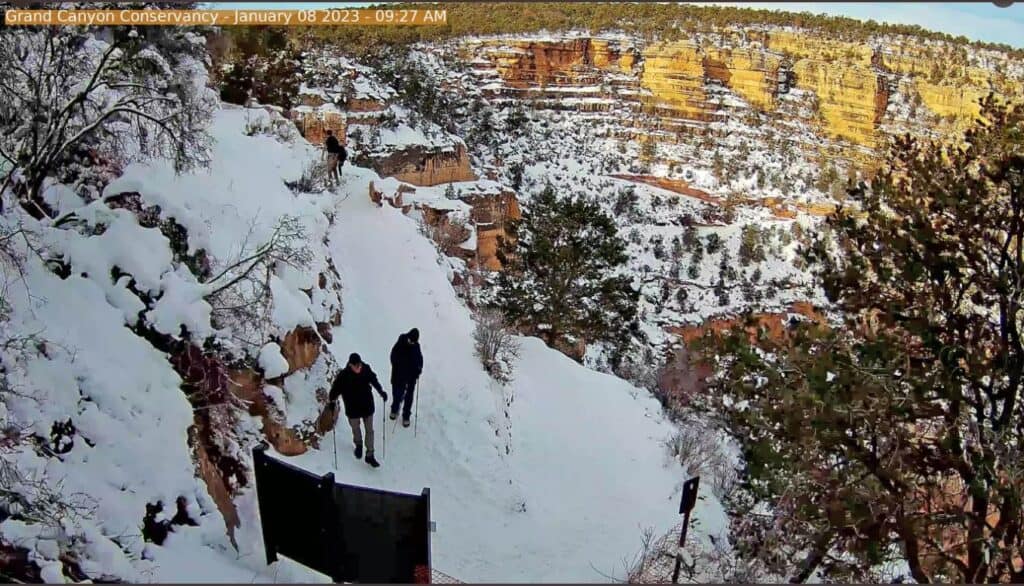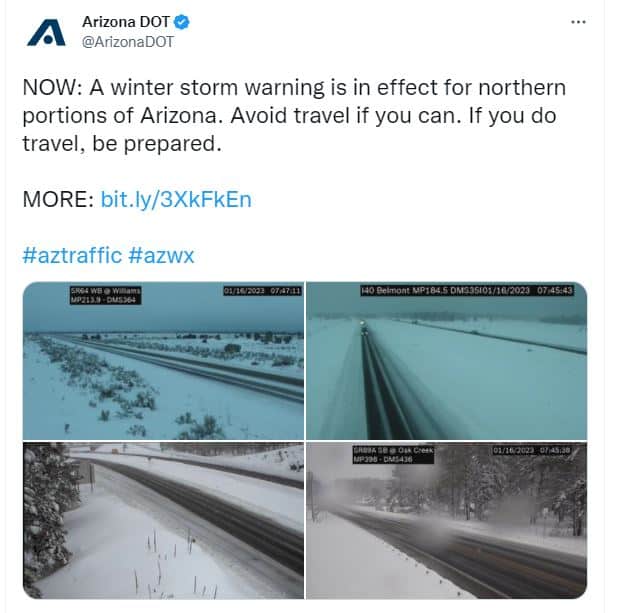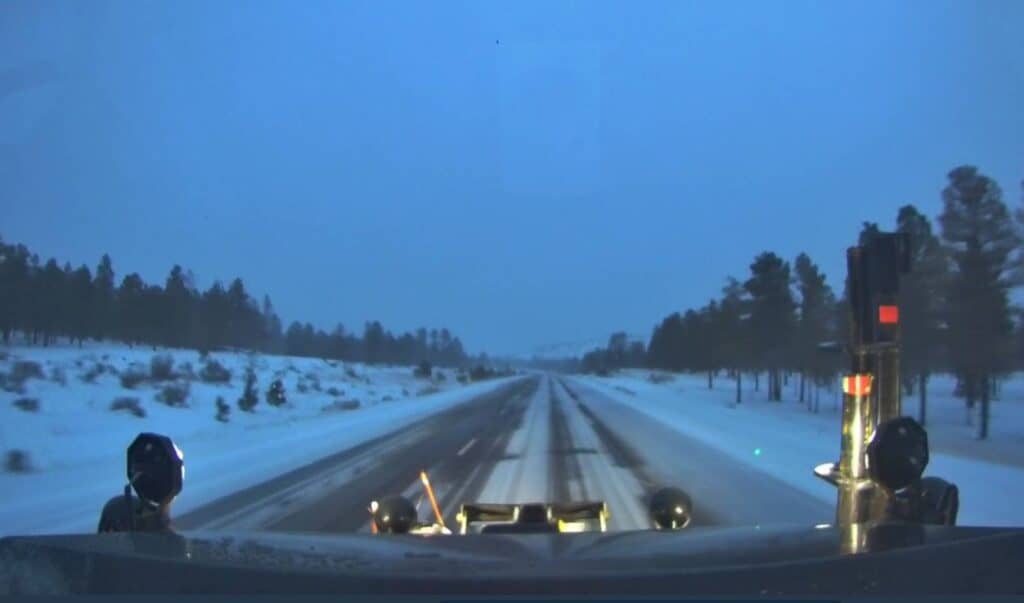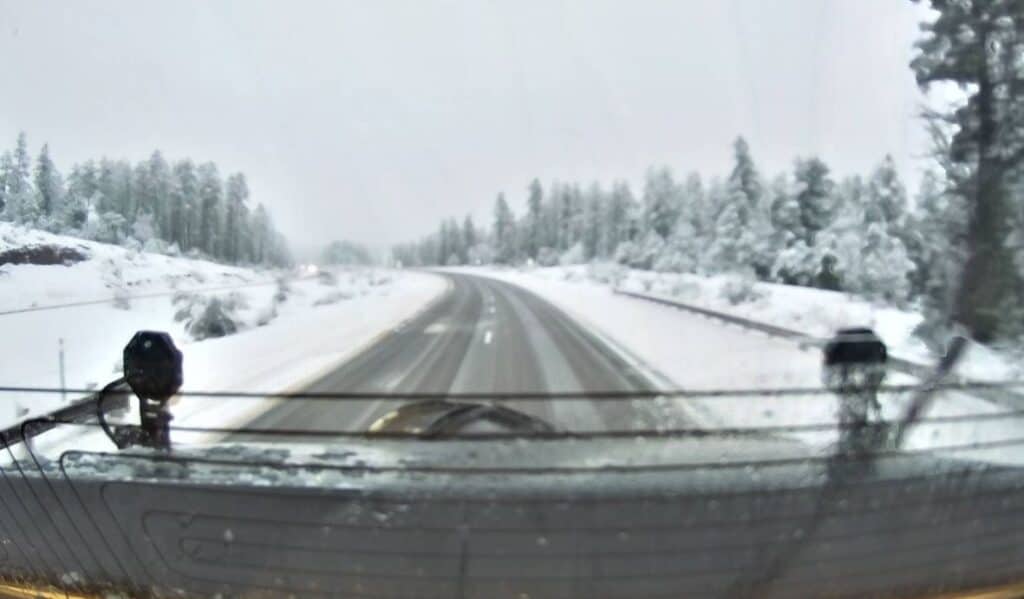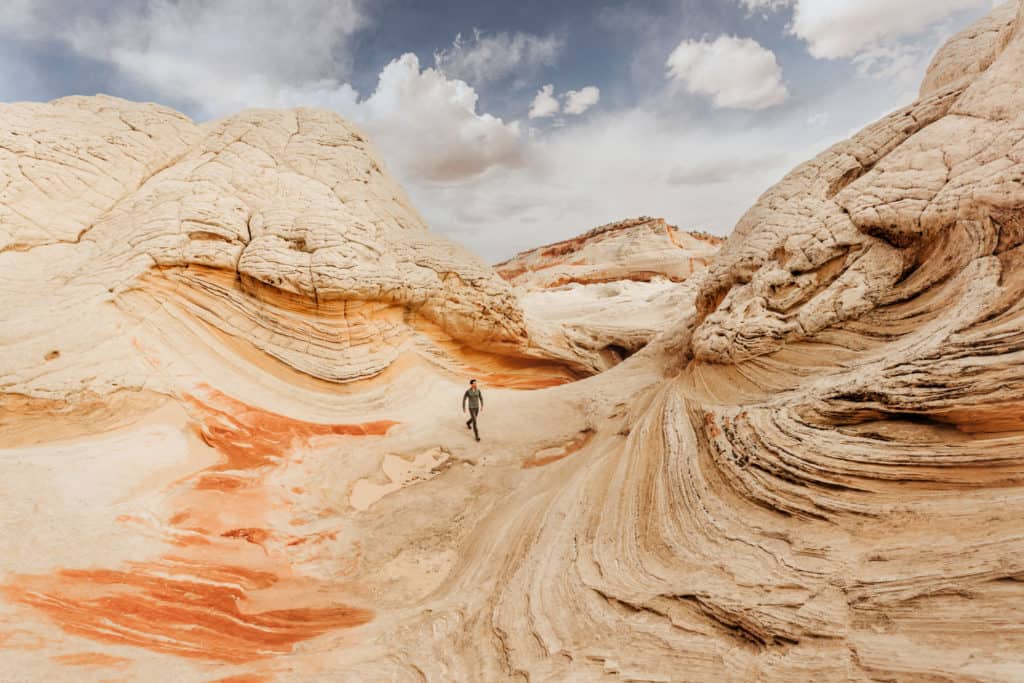Snow in Arizona: The Top 20 Spots to Enjoy Winter in AZ
WHERE DOES IT SNOW IN ARIZONA?
I’ve lived in Phoenix, Arizona, for 15 years, and can confirm: yes, it does snow in Arizona! ❄️☀️
Prior to moving to Arizona (by way of snowy cities in New York, Montana, and Washington States) it really never dawned on me that I’d still be so close to snow. One of my first reporting assignments in March of 2008 was a huge snowstorm in Flagstaff. It’s hard to imagine that I could be wearing shorts in Phoenix, and have to layer up with scarves and gloves 120 miles north!
Key Takeaways on Snown in AZ
- Flagstaff gets most of the attention as Arizona’s “snowiest city.”
- There are 3 ski resorts in Arizona.
- Storms are heavy enough to close schools and highways in Northern AZ several times each year.
- It also snows on the red rocks in Sedona, at the Grand Canyon, and at Antelope Canyon and the other sites in Page.
List of 20 Places to See Snow in Arizona
I’ll go more in-depth on each of these down below, but wanted to get you my list of the best places to see snow in Arizona right off the bat:
1. Flagstaff, Arizona
- Arizona’s snowiest city sees 100 inches of snowfall each year. January of 2023 was the third snowiest January on record, with 60 inches!
2. Sedona, Arizona
- A few times a year, the iconic red rocks are dusted with an inch or two of snow.
3. Prescott, Arizona
- Arizona’s “Christmas City” averages 5-to-6 inches of snow each month through the winter.
4. Payson, Arizona
- Consider a snowy winter stay at the Elk Brook Ranch or other cabins and hotels in the Rim Country towns of Payson, Pine, or Strawberry.
5. Page, Arizona
- Arizona’s famous Antelope Canyon and Horseshoe Bend get dusted with snow a couple times a year.
6. Greer, Arizona
- 4 hours northeast of Pheonix in the White Mountains, you’ll find cabins to rent, with nearby skiing and tubing at Sunrise Ski Resort
7. Grand Canyon National Park
- The hiker shuttles run all winter, and while the trails are icy and treacherous, the snowy views from the South Rim of the Canyon are stunning.
8. Arizona Snowbowl Ski Resort
- Arizona’s most popular ski resort is just outside of Flagstaff, and usually runs November into March, or even April. The slopes are open 9:00am to 4:00pm.
9. Mt. Lemmon’s Ski Valley
- Ski Valley is a resort on Mount Lemmon, which is an hour-long drive from Tucson in Southern Arizona.
10. Sunrise Ski Park
- The slopes at Sunrise, in Arizona’s White Mountains, are about a four-hour drive from Phoenix.
11. Arizona Nordic Village
- You’ll find ski and snowshoe trails off Highway 180 in Flagstaff, and can equipment at the Nordic Village, too.
12. Flagstaff Snow Park
- Buy tubing tickets online for runs day and night through the winter.
13. Peak View Winter Rec Area
- This parking area is on Highway 180 north of Flagstaff, on the drive to Snowbowl. You can park here to access the Coconino National Forest’s trails for snowshoeing and cross-country skiing.
14. Mormon Lake Ski Touring Center
- The Mormon Lake Ski Touring Center is closed due to a wildfire burn scar nearby, but will eventually reopen.
- 28 miles south of Flagstaff along Highway 3, you’ll find cross-country skiing trails around Mormon Lake, the state’s largest natural lake.
15. Hannagan Meadow
- In Eastern Arizona, near the New Mexico border, you’ll find tubing, lodging, and cross-country skiing at Hannagan Meadow in the winter months.
16. Mogollon Rim
- Rim Country in Arizona is home to a number of snowmobiling trails in the Apache Sitgreaves National Forest.
17. Toboggan Hill Trailhead
- This winter sports rec area is in the Apache Sitgreaves National Forest, near Alpine, Arizona. You’ll find trails for sledding, tubing, tobogganing, skiing, and more from December through February.
18. Canyon Coaster Tubing
- This summer fun park, west of Flagstaff in Williams, transforms from Thanksgiving through Easter into a snow tubing destination. They have snow-making machines and conveyor lifts to carry you up the hill.
19. The Grand Canyon Express & Polar Express
- The historic train ride from Williams up to the Grand Canyon will take you on a tour through snowy Northern Arizona in the winter months.
20. Saguaro National Park
- Nothing says “Arizona” like the giant saguaro cactus, and the park’s cacti are usually covered with snow at least once each year during January.
Where to See Snow in Arizona
I’ve seen flurries fly in all corners of Arizona, but a few spots are hit especially hard each year by heavy storms. Part of the Navajo Nation, which spans northeastern Arizona, can see quite a bit of snowfall, but really: nothing tops Flagstaff.
Snow in Flagstaff: Arizona’s Snowiest City
Flagstaff owns the title of “Arizona’s Snowiest City,” and is proud of it. January of 2023 was the third snowiest month on record, with more than 60 inches of snowfall!
Flagstaff is home to the Arizona Snowbowl Ski Resort, and looks like a beautiful mountain town during the winter months.
The City of Flagstaff has a “Snow-ometer” on its website, giving you an up-to-date reading of the current accumulation. Flagstaff gets, on average, around 100 inches of snow per year!
In addition to Snowbowl, Flagstaff is also the base for the Arizona Nordic Village, which offers cross-country skiing and snowshoe trails. Plus the Flagstaff Snow Park offers great tubing for as low as $14. They also offer night tubing from 6:00pm to 9:00pm for just $9.
The City of Flagstaff publishes this map of snow activities, to give people ideas of what to do and where to go to enjoy the Arizona snow:
Snow in Sedona
Sedona, which is only a little more than an hour north of Phoenix, sees a few dustings of snow each year.
The white snow against Sedona’s iconic red rocks is truly a beautiful site! The windy road between Sedona and Flagstaff, highway 89A, can get pretty rough during a storm.
The I-17 from Phoenix up toward Sedona (and beyond to Flagstaff) can get so treacherous during a snowstorm that it often ends up closing. A couple times a year we’ll see these long lines of cars, with people inside stranded for hours. It’s why state officials always suggest bringing extra water, food, and blankets with you if you’re driving north.
Snow in Prescott
The Prescott area has seen more than its fair share of bad wildfires in the last decade, so any snow (or rain) in the winter is welcome in the mountains! In fact, rangers in the Coconino, Coronado, and Tonto National Forests will use the snow in the winter months to help control their dead wood burn piles as part of their wildfire mitigation work.
The Coconino National Forest posted photos of their operation in 2023:
Snow in Payson
Years ago, I spent a New Year’s Eve on assignment covering the snowfall in Payson doing hits for 3TV in Phoenix, CNN, and our affiliate stations around the country. The highways closed, and we were stuck there for two days.
People in Payson, Pine, Strawberry, and other towns in this part of Arizona are used to the snow. It can fall in this part of Arizona, about 90 minutes north of Pheonix, from November through March.
Two highways: SR 87 and SR 260 meet in Payson, and can close completely to traffic during bad storms.
Payson is the biggest town in this part of Arizona, which is at the base of the Mogollon Rim (Rim Country). It pops up in elevation to 5,000 feet, and snowfall here can be very heavy.
Snow in Page
Page is a favorite spot of mine, and the small city up near the Utah border sees a couple of minor snowstorms each year. It blankets their iconic Arizona sites, like Horseshoe Bend and Antelope Canyon.
This is the entrance to Cardiac Canyon:
Sometimes the snow is heavy enough for the tour operators to close parts of Antelope Canyon.
The snowfall is usually light, and the accumulation melts quickly.
🌎 Jared’s Detours Blog: Antelope Canyon
🌎 Jared’s Detours Blog: Horseshoe Bend
When to See Snow in Arizona
Depending on the part of the state, you can see snow in Arizona from November into March. Snowbowl Ski Resort starts making snow, and usually opens sometime in November. Some years, the ski resorts will stay open until April, if the base is thick enough and the upper elevations remain cold enough.
Does it Snow in Phoenix?
On just a handful of occasions, I’ve seen flurries in the city of Phoenix. A few times over the years, fountains have frozen and pipes have burst.
I had to dig way back into the archives for this old photo of the fountain frozen outside one a Phoenix coffee shop:
Overnight lows typically remain in the upper 30s or lower 40s in Phoenix in the winter. We cover our vegetable gardens and “tender ornamental” plants with frost cloths a few nights each year.
Snow is more likely to fall in the northern Phoenix suburbs of Cave Creek and Carefree. They’re about 30 minutes north of Central Phoenix, and their higher elevations usually bring snow flurries at least once every year.
The mountains north and east of Phoenix, known as the McDowell Mountains and Four Peaks, will end up snow-capped every couple of years for a few days.
Skiing in Arizona
Arizona, much to my surprise when I first moved here, is home to three ski resorts: Snowbowl, Sunrise, and Mount Lemmon.
Flagstaff’s Ski Resort: Arizona Snowbowl
Arizona Snowbowl is the most popular ski resort in the state. It’s just north of Flagstaff, which makes it about a two-hour drive from Phoenix.
In years of heavy snowfall, like 2023, the slopes at Snowbowl will stay open until May!
After a few snowstorms, Arizona Snowbowl will have up to 55 ski runs open, and 8 lifts operating. You can check their webcam and slope status anytime at their website.
Ticket prices at Arizona Snowbowl change, based on demand. You can save by buying your passes early. For example, if you’re planning to ski in March, buying ahead in February could land you $29 lift passes for the day.
Typically, in good wintry and snowy conditions, lift passes at Snowbowll will run $40 to $60 midweek, and $150 to $200+ on the weekends.
Kids 12 and under can ski for free.
The slopes at Snowbowl close before sunset. The lifts operate from 9:00am to 4:00pm during the winter. They also offer sunset rides other times of the year.
Arizona Snowbowl’s webcam operates 24/7 with a view of the “Arizona Gondola.” You can even watch their grooming machines go up and down the hill after dark.
Tucson’s Ski Resort: Mount Lemmon Ski Valley
Mount Lemmon’s Ski Valley is a windy hour-long drive through the Coronado National Forest from Tucson. It’s typically open Thursdays through Mondays.
The lifts at Ski Valley run from 9:00am to 4:00pm. Passes are $69 for adults and $39 for children. They also offer discounts for seniors, members of the military, and for people who show up after noon. Seniors 70 and above ski for free!
Ski Valley does not offer online ticket sales, so you’ll have to buy your lift passes in person.
Eastern Arizona’s Ski Resort: Sunrise Park
Sunrise Park Ski Resort is more of a drive, up into northeastern Arizona, from Phoenix. It’s close to the beautiful mountain town of Greer, AZ.
Sunrise usually opens its slopes in December, and runs lifts from 9:00am to 4:00pm.
Weekday lift tickets are $70 for adults, while weekends are $79.
During peak winter ski season, Sunrise will have more than 50 trails open, and up to 8 lifts operating. You can always check their ski report page for the latest updates.
Sunrise is unique (in Arizona) in that it’s the only ski resort with night skiing. It’s usually only offered during holiday weeks and weekends (Christmas, New Year’s, Martin Luther King, Jr. Day, and President’s Day).
Where to go Sledding in Arizona
Sunrise Ski Resort opens tubing runs each winter. You can find information about hours and rates at their website.
The Flagstaff Snow Park offers tubing passes for as low as $14. They also offer night tubing from 6:00pm to 9:00pm for $9!
Flagstaff has a series of designated “snow play” areas, and also several spots which are “off limits.”
In 2023, after a series of snowstorms in Flagstaff, the sheriff of Coconino County sent deputies to hand out tickets on cars parked illegally along highways. Too often, people leave piles of junked plastic sleds at the sites, assuming someone else will come pick them up. Plus, parking alongside the interstate to go sledding is dangerous, according to the deputy who posted this photo:
Flagstaff put out these options for people who want to go play in the snow:
Snow at the Grand Canyon
It snows several times each year at the Grand Canyon, and the Parks Service Instagram account is excellent at documenting it all:
You can have one of two experiences in snow at the Canyon. During a storm, visibility will likely be awful. After a storm, while the fresh blanket of snow is on the Canyon walls and ledges, it’ll be beautiful, crisp and clear.
The buses are still running around the Grand Canyon during the winter, but at a reduced capacity. During January and February, the “Hikers’ Express” shuttle leaves the Grand Canyon Village at 8:00am and 9:00am, to take hikers to the South Kaibab Trailhead.
Grand Canyon Park Rangers ask hikers to be careful: the Bright Angel Trail (one of the most popular) on the South Rim gets very snowy and icy. You’re encouraged to not even attempt hiking any part of it without spikes or crampons on your shoes. It’s often led to hiker rescues, like this one, posted by the Grand Canyon’s Twitter account:
The Grand Canyon Conservancy always has this webcam up so you can check the top of the trail:
Impacts of Snow in Arizona
Snowy Roads and Snowplows
The Arizona Department of Transportation has an excellent Twitter feed, which constantly updates drivers with road conditions in the winter. They’ll often post screen grabs of the snowiest highways in the state, like the I-40 and the Beeline (up to Payson from Phoenix).
And, yes, Arizona has a fleet of snowplows which are busy during the winter. In 2023, the state had a name competition. The winner: Alice Scooper (in homage to Phoenix resident and rocker Alice Cooper). The other entrants were names like Snowbi-Wan Kenobi, etc 😀
Some of the snow plows have cameras mounted to the dashboards, to give the rest of us a look at what the roads are like in different parts of the state.
Golf Frost Delays in Phoenix
Golfers who travel to the Phoenix and Scottsdale area expect early tee times, sunny skies, and warm days. Many out-of-staters are surprised to have frost delays in early January. It usually happens a few times a year. Several times, overnight lows, at-or-below freezing, have led to frost delays at the WM Phoenix Open, which is played in late January or early February.
Snow Closures
Students in several Arizona school districts annually have a few “snow days.” The Blue Ridge and Flagstaff Districts come to mind as the names I seem to read most often on the evening news. Northern Arizona University and the community colleges around Flagstaff are also known to cancel classes during storms.
So, Does it Snow in Arizona? Yes!
If you were wondering if it snows in Arizona, you aren’t alone. I was right there with you before moving to Arizona.
As a converted desert-dweller, I don’t spend much time in the snow if I can help it 😀
The last time I witnessed snow in Arizona was when big flakes started falling unexpectedly on our trip to the “other-worldly” site known as White Pocket… but that’s a whole other story:
🌎 Jared’s Detours Blog: White Pocket, Arizona
